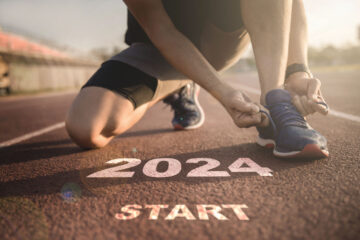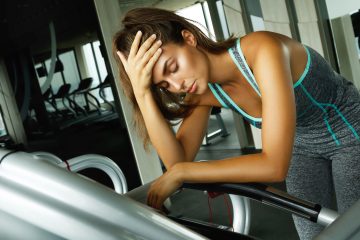How Does Alcohol Consumption Impact Athletes?
Dry January? Sober October? Or just thinking about cutting back?
You’ve heard everything from “alcohol is poison” to “a glass of wine a day helps you live longer.”
But how does alcohol consumption impact athletes? Specifically, their training, performance, and recovery? Let’s look at the data.
Bottom line: it’s not great, but it isn’t the end of the world either.
Also, alcohol has different effects on men and women, so make sure to read on for sex-specific insights.
Sleep.
Late-night drinking inhibits good sleep, which impacts muscle recovery, as well as the next day’s training. If you’re going to drink, have it with dinner rather than right before bed to improve sleep quality. Think “happy hour,” not “nightcap.”
Drinks that contain congeners (chemicals produced during the fermentation process that add flavor and aroma), red wine, cognac, and whiskey, are more likely to cause a hangover than other alcoholic beverages. Opt for something like white wine or beer with dinner.
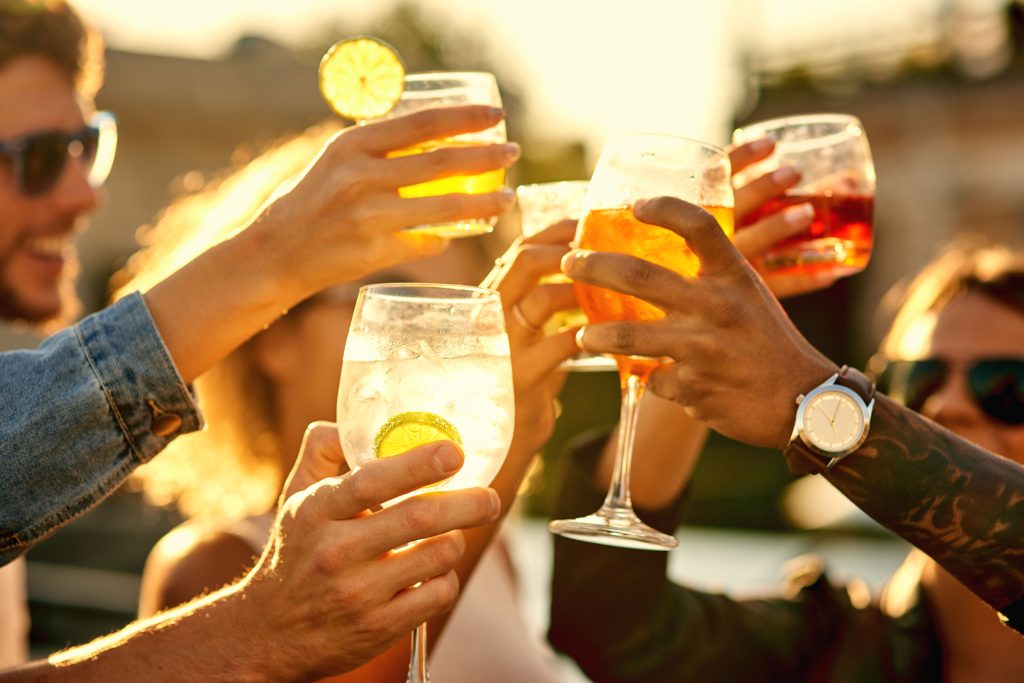
Hydration.
Alcohol is a diuretic; one unit (10g) of alcohol stimulates the formation of 100 mL of excess urine. Strong spirits, such as whiskey, with high alcohol content, cause more water loss than they contribute. On the other hand, beer has less alcohol by volume and more water, so dehydrated athletes can enjoy a beer without further dehydration. Bonus points if you have water and salt (pretzels or popcorn, anyone?) along with beer to facilitate the rehydration process.
Alcohol is a depressant, it slows reaction time, causes dehydration, and impairs hand-eye coordination, accuracy, and balance. Hence, drinking excessively before or around an event is more likely to put you in the medical tent than on the podium. Still, modest amounts of alcohol with a well-balanced meal are unlikely to have a negative impact.
Alcohol Recommendations Specific to Men
Four or more drinks slow muscle repair and impair protein synthesis and adaptation processes.
Moreover, alcohol has been shown to impair growth hormone production and increase the conversion of testosterone to estrogen in the liver, which leaves less of it in circulation.
1-3 drinks have actually been shown to increase testosterone in the hours after exercise, whereas 4-8 drinks can lower testosterone levels by 18-40%. Testosterone normally recovers within a day from excessive drinking of 4+ drinks. Up to a few drinks a day will have a small effect on hormones, with a less than 10% decrease in testosterone. A high percentage of male athletes that test with ABT have low testosterone levels. Small lifestyle modifications, such as moderating alcohol consumption, can greatly impact keeping testosterone levels optimal for performance.
Exhaustive cardio before drinking may further prolong the depressing effects on testosterone, so skip the post-workout drinks if it is a particularly tough session.
Takeaways for men:
Overall, alcohol’s acute effects on recovery are surprisingly mild, but the long-term effects from impaired protein synthesis and hormone production are more detrimental.
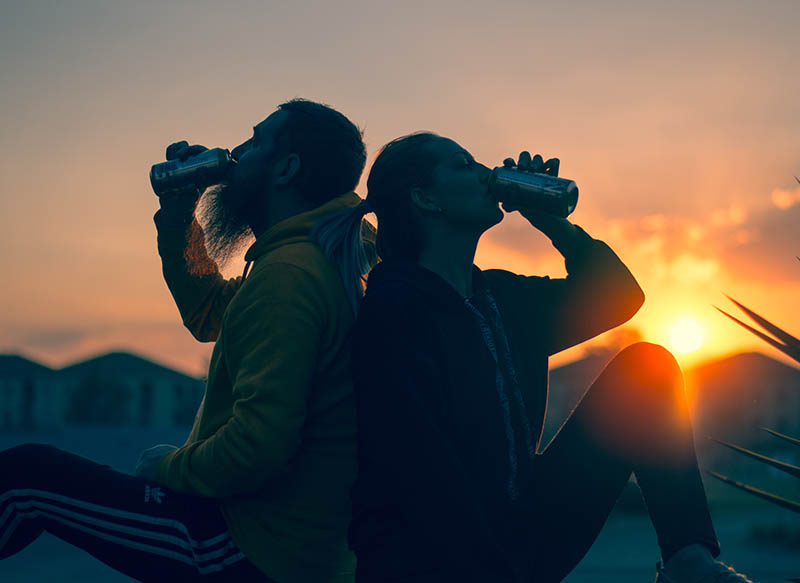
Alcohol Recommendations for Women
Multiple studies show drinking alcohol increases testosterone in women, and drinking more alcohol is associated with higher overall testosterone levels.
Alcohol is beneficial for estrogen levels. But unfortunately, light drinking doesn’t have much of an effect; research shows 4-7 drinks can increase estrogen acutely by up to 66%. However, it’s not recommended to consume this much alcohol as it’s related to liver toxicity that disrupts hormonal metabolism.
The takeaway for women:
Alcohol may be less detrimental to women’s athletic performance compared to men’s. That said, it’s a good idea to limit alcohol to no more than one drink per day.
Overall Conclusions
Whether or not you decide to drink is up to you. One or two drinks may not be detrimental but avoid excessive drinking, especially late at night and close to intense training. Cheers!
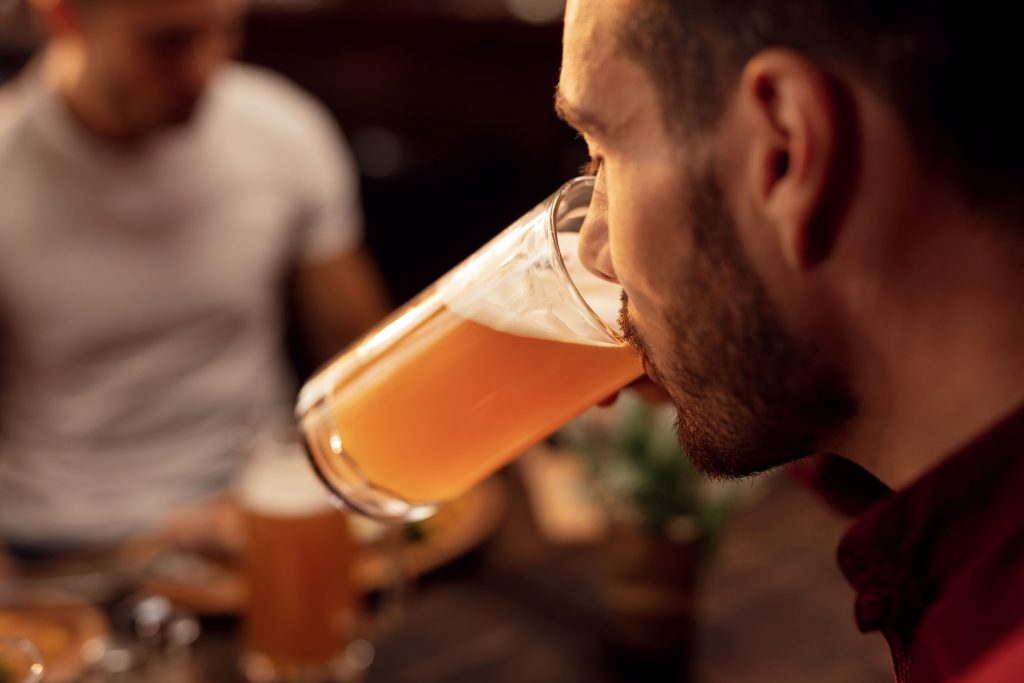
References
- https://www.ncbi.nlm.nih.gov/pubmed/2389244
- https://www.ncbi.nlm.nih.gov/pubmed/24658221
- https://www.ncbi.nlm.nih.gov/pubmed/20878178
- https://www.mdpi.com/2411-5142/4/3/41/htm
- https://www.ncbi.nlm.nih.gov/pubmed/25281368
- https://www.ncbi.nlm.nih.gov/pubmed/2117066
- https://link.springer.com/article/10.1007/BF00212838
